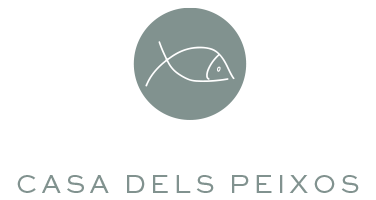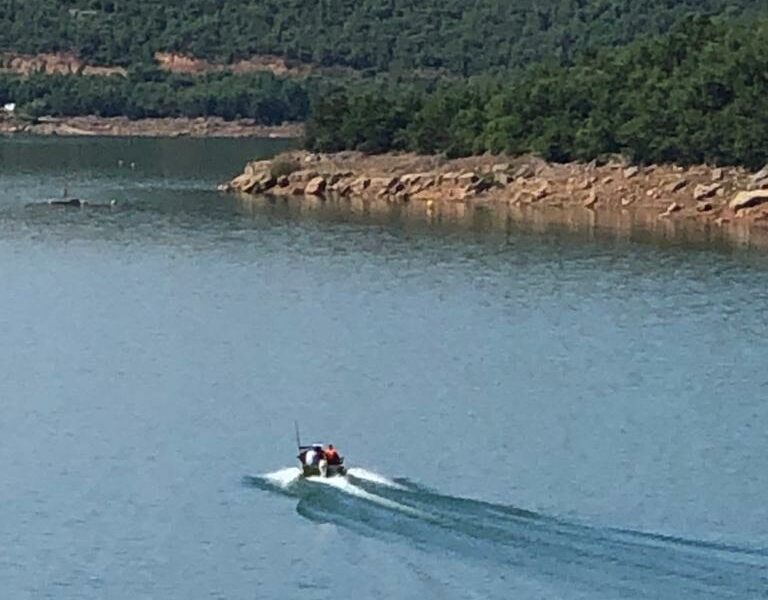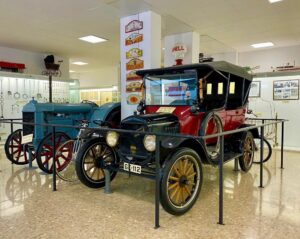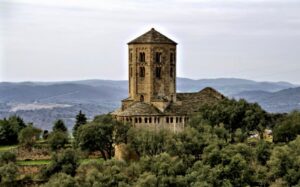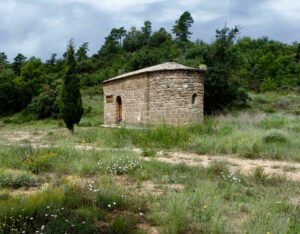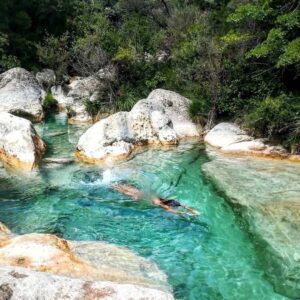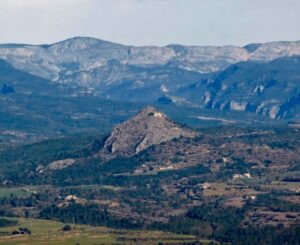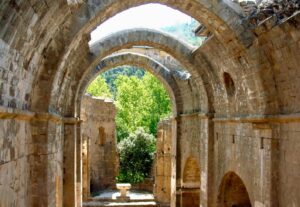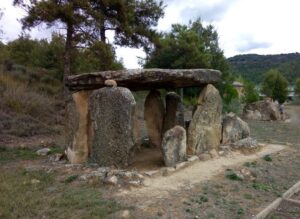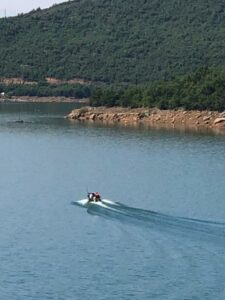Si queréis descubrir los rincones que esconde la Baronia de RIalb, sin lugar a dudas debéis ir al Embalse de Rialb. Puede ser que lo conozcáis por el nombre de Pantano de Rialb, pero en ambos casos se hace referencia al mismo espectacular embalse.
Si ya os habéis fiado de nosotros en otras ocasiones, esta vez tampoco os defraudaremos. Si os queréis aventurar a descubrir este bonito lugar, apreciaréis uno de los sitios más conocidos y con más encanto de la zona. Además, no solo quedaréis satisfechos con las vistas, sino que podréis disfrutar de las distintas actividades que pueden llevarse a cabo (las cuales descubrirás si continúas leyendo).
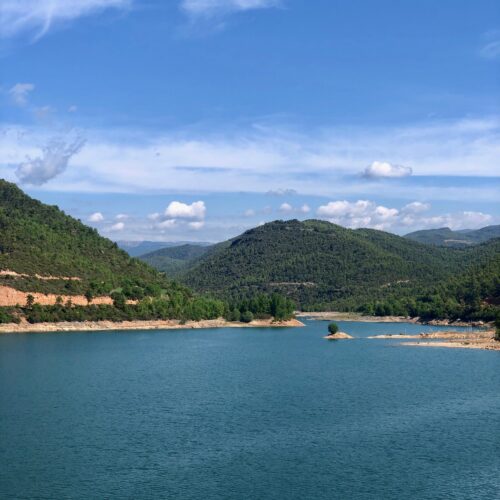
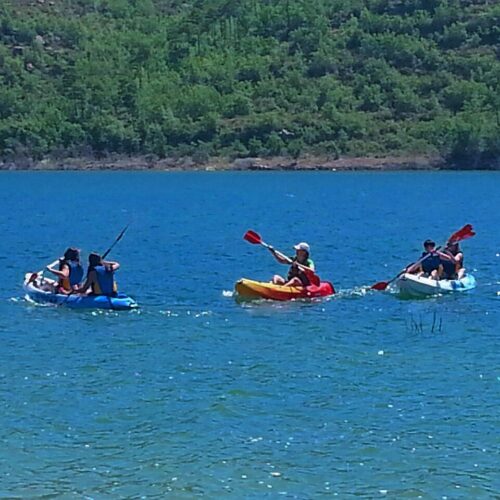
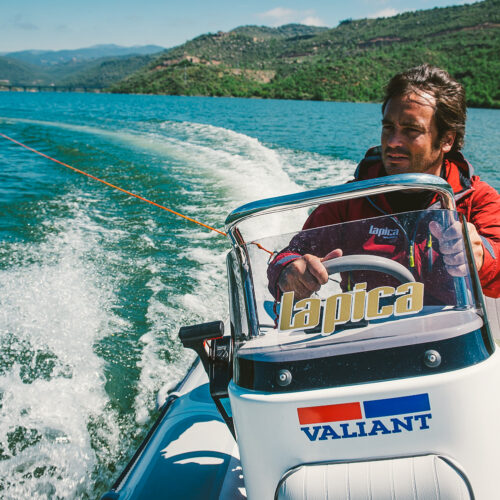
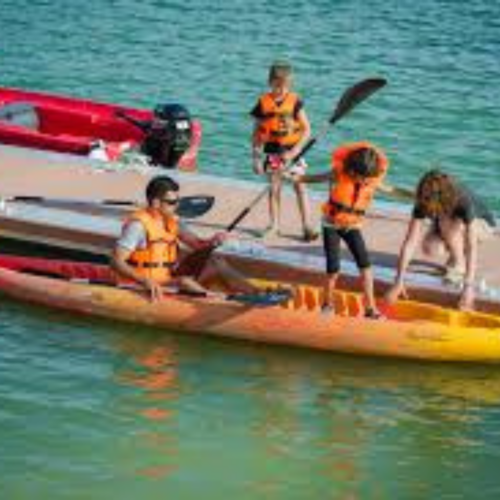
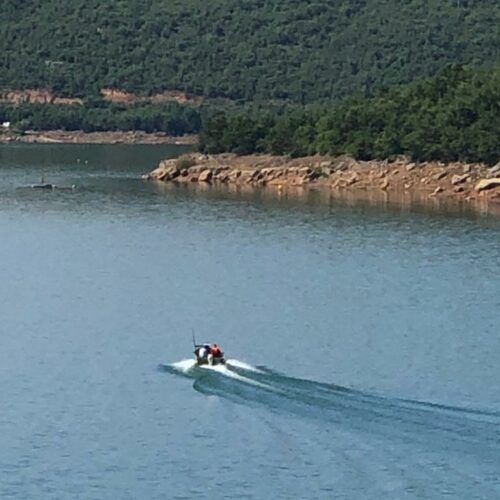
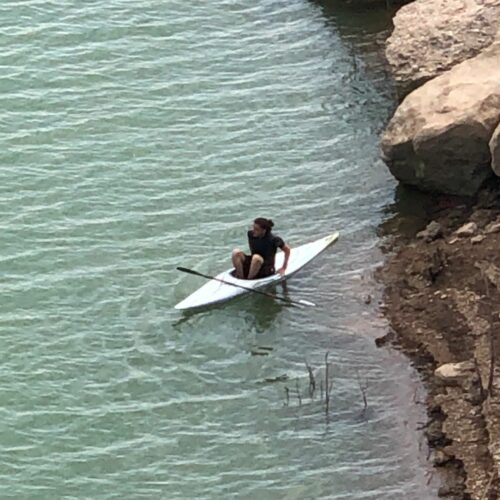
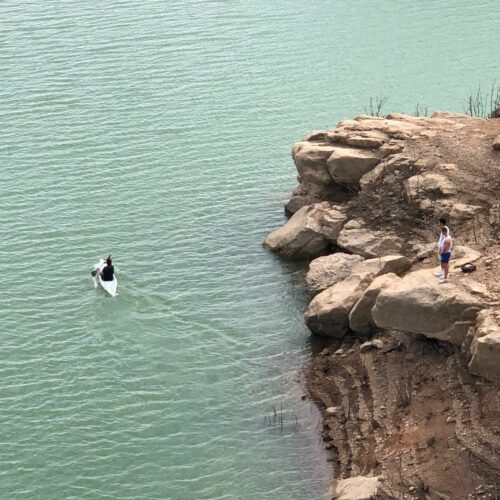
Qué debes saber del Embalse de Rialb
Para qué la visita al pantano sea más placentera, aquí os vamos a dejar un poco de información sobre el embalse. De esta manera, si os decidís a echarle un vistazo, ¡nada os vendrá de nuevo!
El pantano pertenece a los ríos Segre, Rialb y Ribera Salada; se extiende por diversos municipios de la comarca de la Noguera (Ponts, La Baronia de Rialb, Tiurana) y de la comarca d’Alt Urgell (Basella, Peramola y Oliana), pero puesto que afecta mayoritariamente al municipio de La Baronia de Rialb, se le dio al pantano el nombre que lleva actualmente.
Las obras de construcción del embalse empezaron en 1992, pero no fue hasta 1999 cuando empezaron a llenarlo. Se inauguró en el año 2000, y hoy en día abastece de agua cerca de unos 80 municipios.
Como es de imaginar, su construcción tuvo un gran impacto paisajístico y medioambiental, por lo que en 2008 se empezó a gestionar la promoción turística del lugar.
Si os estáis preguntando cuáles eran esas actividades que podíais practicar en el pantano… ¡Ha llegado el momento! El Pantano de Rialb es un lugar de conexión con la naturaleza, y por ello es también un sitio ideal para pescar. Si sois amantes de la pesca, debéis saber que se trata de un escenario casi virgen, ya que hace relativamente poco de su inauguración. Si este es un campo que os interesa, podéis conseguir un permiso en la misma web de la Generalitat. Además, aquí os dejamos una pequeña lista de las especies que pueden pescarse: carpa común, carpa royal, barbo, trucha común y trucha arcoíris.
También queremos añadir que si os dirigís al Puerto de Pomanyons (inaugurado en 2014), encontraréis las actividades acuáticas que se ofrecen en el pantano. El embalse tiene más de 20 kilómetros navegables, y en cada uno de ellos quedarás asombrado por la preciosidad del paisaje, y podrás hacerlo con kayak (individual o doble) o hasta con barca motora.
El Embalse de Rialb tiene muchísimo por ofrecer, y estamos convencidos de que no va a decepcionaros.
¿Cómo llegar al Embalse de Rialb?
¿Dónde dormir cerca del Embalse de Rialb?
Estamos seguros de que con un solo día no podréis investigar toda la zona como es debido, por lo que os vamos a aconsejar que paséis la noche en nuestra casa rural. Justo en el corazón de la Baronía de Rialb, a unos 20 minutos del pantano, está la Casa dels Peixos, el lugar perfecto para alojaros junto a vuestros seres queridos, tanto familiares como amigos. La casa tiene capacidad para acomodar 16 personas, por lo que no hay mejor sitio donde pasar las vacaciones.
La Casa dels Peixos es una casa de dos pisos de 200m2. En la primera planta encontraréis el recibidor, dos grandes habitaciones con baño privado, y una sala de juegos equipada con juegos aptos para toda la familia. En la segunda planta está el comedor (que, además, tiene acceso directo a la parte exterior de la casa), la cocina, y seis grandes habitaciones más, también con su propio baño privado. En el exterior de la casa, vallado para proporcionar intimidad, hay una piscina con tumbonas alrededor, un lago particular donde se puede pescar, una barbacoa, y espacio de sobras para aparcar los coches o realizar actividades al aire libre.
Otros lugares de interés de la zona
A pesar de que el mayor atractivo turístico de la Baronia de Rialb es el pantano, si os acercáis a la zona, es indispensable que visitéis la iglesia de Santa Maria de Palau, la ermita de Sant Ermengol de Tiurana, la ermita de Santa Eulàlia de Pomanyons, el monasterio de Santa Maria de Gualter, el Forat de Bulí, el Castillo de Montmagastre, el Dolmen Sols de Riu, el Museo Francesc Boncompte, y la colegiata de Sant Pere de Ponts.
